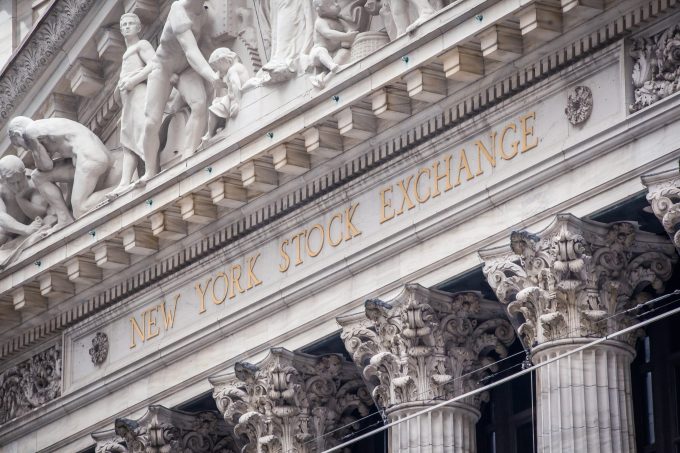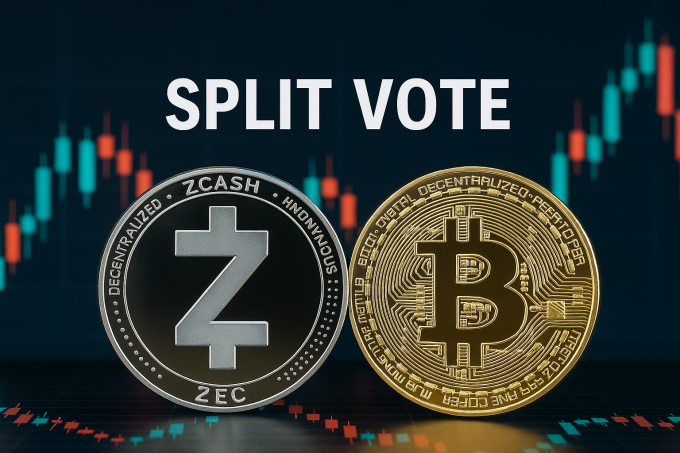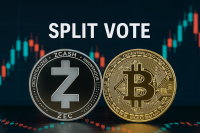Growing calls for clearer U.S. crypto regulation gained fresh momentum this week after Jeff Park, portfolio manager at Bitwise Asset Management, argued that placing primary oversight of digital asset markets under the Commodity Futures Trading Commission (CFTC) is “directionally correct.” His comments arrive as crypto markets navigate heightened regulatory uncertainty, persistent macro volatility, and renewed debate over how federal agencies should divide authority.
Regulatory Momentum Shapes Market Expectations
Bitcoin traded around the $92,000 level in recent sessions, down roughly 3% from the previous week, while ether hovered near $3,520, reflecting muted price action as traders reassess the regulatory landscape. Futures volumes on major U.S. exchanges slipped approximately 6% week-over-week, suggesting a cautious posture ahead of anticipated policy developments. Analysts note that the market tends to stabilize when regulatory narratives signal a path toward more predictable oversight, even if short-term uncertainty persists.
Park’s remarks highlight growing industry support for giving the CFTC greater authority over spot crypto markets — a framework that many institutional players argue is better aligned with existing derivatives oversight. Market watchers point out that a more structured approach could reduce regulatory fragmentation, which has, at times, contributed to liquidity constraints.
Why the CFTC Approach Resonates With Institutions
The CFTC already supervises crypto futures and derivatives trading, overseeing products that represent billions in daily volume. Analysts argue that expanding its remit to include spot digital assets could create a unified regulatory environment, reducing operational overhead for institutional participants. Several U.S. lawmakers have also revived legislative proposals to formalize this structure, emphasizing consumer protection, exchange supervision, and consistent market standards.
Meanwhile, the SEC’s continued classification of many tokens as securities has led to enforcement-driven uncertainty. Over the past year, more than a dozen major crypto firms have faced investigations or lawsuits, contributing to higher compliance costs and slower onshore expansion. A shift toward a CFTC-dominant posture, Park noted, would not diminish the SEC’s role but instead help distinguish commodities from securities with greater clarity.
Investor Sentiment Shifts Toward Stability and Predictability
Institutional investors, who drove nearly 68% of all crypto inflows in Q3, have consistently signaled that predictable rules are a core requirement for capital allocation. Recent fund flow data shows that U.S.-listed digital asset products saw net outflows of $110 million last week, reflecting a defensive stance amid regulatory crosscurrents. Behavioral analysts note that investors tend to de-risk when policy outcomes appear fragmented, shifting portfolios into stablecoins or short-duration yield products.
Park’s assessment aligns with broader market sentiment: positioning the CFTC as lead overseer could improve transparency, reduce regulatory overlap, and support long-term institutional adoption. For asset managers, predictable categorization of tokens drives more robust risk modeling and allows clearer reporting frameworks — critical components for pension funds, endowments, and sovereign wealth entities entering crypto markets.
In the months ahead, investors will be watching congressional activity, interagency coordination, and potential rulemaking that may redefine how U.S. regulators divide oversight of digital assets. A CFTC-centric model could streamline compliance and support deeper liquidity, but clarity around token classification and exchange supervision remains essential. With legislative pressure rising and industry voices becoming more aligned, the next phase of U.S. crypto regulation may hinge on whether policymakers can translate consensus into functional policy.












https://shorturl.fm/tz6ZH
https://shorturl.fm/bBfRu